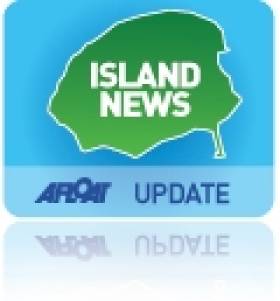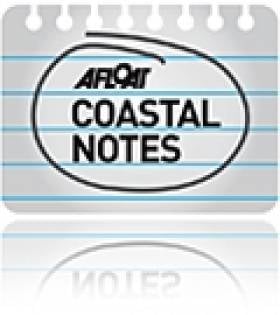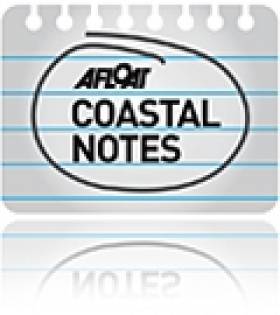Displaying items by tag: Gaeltacht
New RnaG Radio Series on Galway Bay Fishing Industry
#FISHING - A new radio series on developments in Galway's fishing industry is part of the new autumn schedule on Raidió na Gaeltachta.
As the Galway Advertiser reports, Ballach, Bradán agus Bairneach is funded through the Broadcasting Authority of Ireland's Sound and Vision scheme and will cover the changes experienced in fishing in Galway Bay from Famine times till the present day.
Topics to be covered on the seven-part series, presented by former RnaG station head Tomás Mac Con Iomaire, include traditional fishing methods and classic fishing boats, the establishment of Bord Iascaigh Mhara (BIM), the effects of European fisheries policy, and contemporary developments such as fish farming that have prompted some recent controversy.
Ballach, Bradán agus Bairneach will be broadcast Saturdays at 6.30 pm, with the first programme tonight 15 September focusing on fishing in olden times and the folklore surrounding it. Link to the show here.
Cape Clear Islanders to Discuss Ferry Service
#ISLANDS – A public meeting between the islanders of Cape Clear and the Cailín Óir Ferry Service will be held on Saturday 28th January, so to discuss proposed changes to the ferry schedule in 2012.
The meeting is to be held in the local community hall, where other matters in relation to the year round service between Baltimore and the Gaeltacht speaking island will be aired. The island which is three miles long and one and half mile wide has a resident population of 130 inhabitants, which swells significantly during the summer months.
In March last year a new main ferry was purchased the Island Princess and renamed Dún an Óir II. She operates a schedule that varies between one and up to three round trips daily, subject to the day and time of the year, to view the current winter timetable click HERE.
Donegal Wind Farm Faces Criticism
A Donegal conservation group has hit out at An Bord Pleanála for approving plans for a 13-turbine wind farm in a scenic Gaeltacht area.
The Irish Times reports that businessman PJ Molloy originally sought permission for 35 wind turbines with a 90m blade diameter to be erected near Glenties.
This number was reduced following consultation with the Donegal County Council and the Department of the Environment regarding the impact to protected species in the local habitat such as freshwater mussels, Atlantic salmon and otters.
However the Gweebarra Conservation Group has criticised the granting of planning permission, arguing that the Government is "giving tax incentives to private investors to destroy our hills and bogs".
The group also highlighted concern over health dangers potentially associated with the high-voltage power lines necessary to transmit electricity from the turbines.
The planning board voted five-to-two to grant permission for the turbines, taking into account both the National Renewable Energy Action Plan and the suitability of the site - which falls outside exclusion areas under Donegal County Council’s development plan.
Economic Development of the Islands – Minister Launches Report
The Minister for Community, Equality and Gaeltacht Affairs, Pat Carey, T.D., has announced the launch of a report on the employment needs and the economic development potential of the islands. The economic consultants, FGS Consulting, were commissioned by the Department of Community, Equality and Gaeltacht Affairs to compile the report under the direction of a steering committee made up of representatives from Comhar na nOileán, Údarás na Gaeltachta and the Department itself. The report's recommendations relate to the following areas:
- Issues related to the cost of living and to improving the islands' infrastructure;
- Cost factors that prevent the establishment and operation of commercial enterprises on the islands;
- The islands' development potential and the employment needs of island communities;
- Recommendations regarding further targeted support measures which would be aimed at the promotion of sustainable development and job creation; and
- The costs and advantages relating to any of the new measures recommended to support investment.
Minister Carey said that the Department would use the report as a basis for the development of further policies in relation to the islands in the coming years and that he hoped that some of the recommendations could be put in place in the short term at very little cost. He said, "We now intend to carry out a further examination of the various recommendations made in the report in consultation with other relevant Departments and state agencies to establish the most practical method of implementation."
A copy of the complete study is available on the Department's website www.pobail.ie.
Further Information:
The following is a list of the islands which were included in the study:
Island County Population
Toraigh Donegal 142
Árainn Mhór Donegal 522
Clare Island Mayo 136
Inishturk Island Mayo 58
Inishbofin Galway 199
Árainn Galway 824
Inis Meáin Galway 154
Inis Oírr Galway 247
Bear Island Cork 187
Sherkin Island Cork 106
Cléire Cork 125
































































